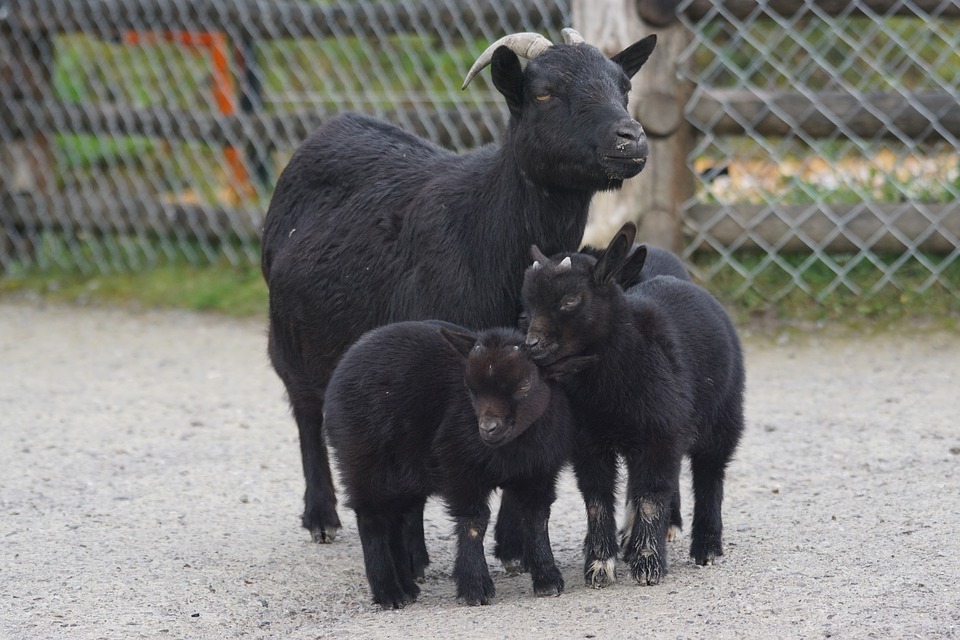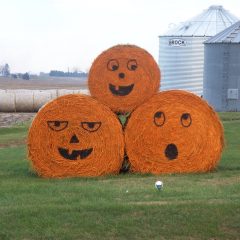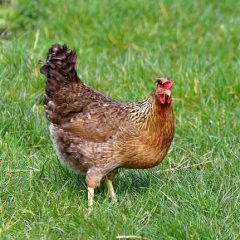The number of people directly or even indirectly involved in the production of agricultural products is lower than at anytime in history. It should come as no surprise that the general public, so far removed from the farm, struggles to understand or comprehend how their food is produced. With so many differing views, both within the industry itself and by intentional naysayers, the public is forced to make assumptions largely based on media representations.
Modern agriculture has advanced so fast in the last century that producers just a generation ago would never recognize it. Crop yields and livestock production are nothing like most people, not directly involved in agriculture, can imagine. While many think these advancements are needed, just as many disagree. These disagreements show up even between neighboring farming operators.
With the world population growth we are seeing currently, the amount of food required to feed a such a growing world is unprecedented. This need is the focus of today’s producers, food scientists, landowners, retailers, etc. Technology in crop production such as genetically modified crops, allow many species to be grown more efficently. GMO crops can help plants to not only increase yields but, be much ore resistant to drought, insect pressure, disease, etc. By doing so these crops can be grown with less water, less pesticides and herbicides, and allow for a greater profit. Generally they don’t take as much from the environment around them.
Opponents of modern practices in crop production like GMOs say they aren’t safe and they harm the environment. To date no evidence has been found that they are harmful to humans or animals. This hasn’t stopped the banning of such crops by numerous countries throughout the world. It’s also been a marketing boom for many companies using that fear to market products. Another issue brought up with modern production is the way large amounts of single crops are grown, thus decreasing the plant diversity available for wildlife and birds.
Modern livestock production is much like today’s crop production. The amount of beef, poultry, pork, etc. grown today is done so with considerable less feed and water than was required a generation ago, while using far less water and other inputs such as land. Most beef is grown in feedlots and poultry and pork indoors as is dairy. These operations can grow far more animals in a considerable smaller area while using the larger amounts of concentrated manure to grow larger yields of crops to feed those animals. Proponents of this type of production point to the fact of the greater efficiency in this type of production. Feed can be trucked in and manure trucked out from areas that generally aren’t considered ideal for livestock production. This production method can create a tremendous amount of protein. Operations such as these are generally interconnected with large cooperations that own the livestock, processing facilities, and marketing channels in all or part of the production cycle, through vertical integrated businesses. While advertised as ways to decrease the market volatility for individuals and their operations, the risk for producers comes in the large capital outlays in production faculties and the required labor. Recently these types of contracts have come under greater political scrutiny. Opposite of this type of production is smaller operation (for the most part) now growing greater amounts of livestock as decades ago. Free range production, rotational grazing, small scale marketing directly to consumers, are all making a comeback. Financially speaking many of these operations are finding they can be just a profitable in the long run as their larger counterparts, while lessening the capital outlay upfront. A new focus on the environmental benefits of regenerative agriculture is increasing the scale and number of these types of farms.
While arguments can be made for and against all methods of agriculture production, education is key to understanding where each side comes from. Listening to producers who actually are growing and marketing to consumers the food we all require, is far better than believing everything outside forces preach to achieve their alternative goals. No matter the side of the debate you fall on there can no doubt be good arguments as to what is best. Can many smaller operations keep up with and produce enough food to supply future generations? Can fewer, larger operations, supply what is needed in an environmentally safe way. Can it be done in a way providing the best in animal welfare.
It’s no wonder the greater public can be so easily persuaded to believe one side of an idea versus another when producers themselves find it hard to agree. The way food is marketed using these various opinions has always, and will continue to hold sway in peoples minds.




Leave a Reply